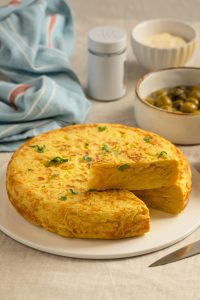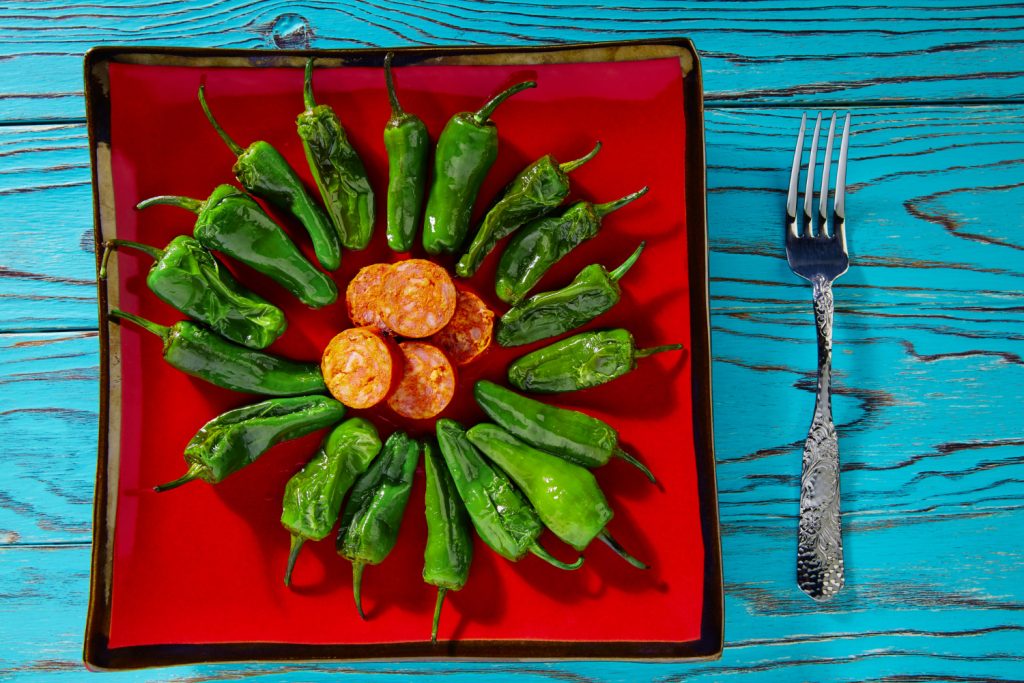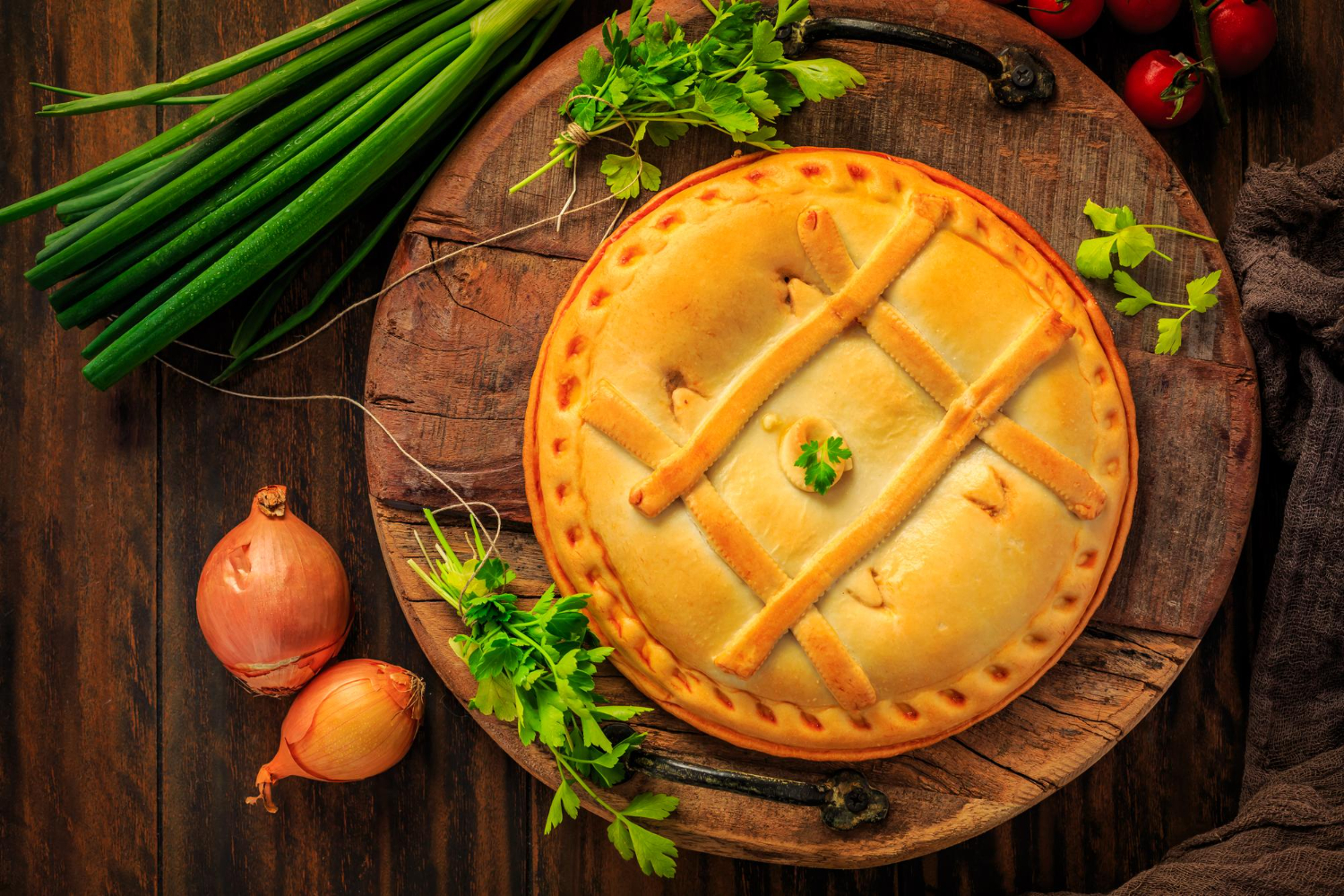If you’re a foodie looking for your next culinary adventure, look no further than the coast of Lugo in the beautiful region of Galicia, Spain. This area is renowned for its delicious seafood, hearty stews, and mouth-watering desserts, all made with locally sourced ingredients and prepared with the region’s signature passion and skill.
In this blog post, we’ll take you on a journey through the flavors and traditions of the Lugo coast, from the bustling fish markets of its charming seaside towns to the cozy family-run restaurants where you can savor the region’s unique cuisine. Whether you’re a seasoned traveler or simply someone who loves good food, we guarantee you’ll find plenty to whet your appetite in this vibrant and diverse region. So grab a fork, loosen your belt, and let’s dive into the delicious world of Lugo’s coastal cuisine!

The Famous Seafood Dishes of Galicia
Seafood lovers rejoice! The coast of Lugo is a veritable treasure trove of fresh and delicious seafood, and no trip to the region is complete without trying some of its signature dishes. Galician-style octopus, or “pulpo a la gallega,” is a must-try, featuring tender octopus seasoned with smoked paprika, olive oil, and coarse sea salt. Another classic dish is “empanada,” a savory pie filled with tuna, cod, or shellfish, and baked to golden perfection.
If you’re in the mood for something heartier, try “caldo gallego,” a thick and warming soup made with white beans, potatoes, and plenty of local vegetables like turnip greens and cabbage. Or, opt for “lacón con grelos,” a hearty stew made with pork shoulder and turnip greens, served with crusty bread and a glass of Galician wine.
And let’s not forget the famous ‘soupy rice’ or arroz caldoso which is a speciality of the quaint fishing village of Rinlo (see our guide to Rinlo HERE)
Galician Sweets and Pastries
Of course, no meal in Galicia is complete without dessert, and the region boasts some of the most mouth-watering sweets in all of Spain. “Tarta de Santiago,” a traditional almond cake dusted with powdered sugar, is a must-try, as is “filloas,” what in the UK we’d call a pancake, eaten on its own filled with cream or honey and enjoyed at Carnival. And for a truly unique experience, try “queimada,” a flaming concoction made with Galician aguardiente (a type of brandy), sugar, and lemon peel, traditionally served after dinner as a warm and fiery digestif.

But what truly sets the food of the Lugo coast apart is its dedication to local and seasonal ingredients. From the freshly caught seafood to the hearty vegetables and fragrant herbs, everything on the plate is sourced from the region’s rich and diverse terroir. And, of course, no mention of Galician cuisine would be complete without highlighting the region’s signature ingredient: the humble but mighty “pemento de padrón,” a small and flavorful green pepper that packs a surprising punch.

Vegan and Vegetarian Food in Galicia
While Galicia is famous for its seafood and meat dishes, there are also plenty of delicious options for vegans and vegetarians to enjoy. One of the most popular vegan dishes in the region is “empanada de berzas,” a savory pie filled with a hearty mix of kale, potatoes, and other vegetables. “Cocido vegetal,” a vegetarian version of the classic Galician stew, is another delicious option, featuring a flavorful broth filled with beans, cabbage, and turnip greens. Other vegetable-based dishes like “pimientos de Padrón” (small green peppers fried in olive oil and sprinkled with sea salt) and “cachelos” (boiled potatoes) are also commonly served in Galicia. However, it must be noted that vegetarian and vegan options are not as widely available as you may be used to.
Whether you’re a food lover or simply looking to experience the rich culture and history of Galicia, the food of the Lugo coast is a must-try. So why not plan your next culinary adventure and discover the unique flavors and traditions of this vibrant and delicious region?

